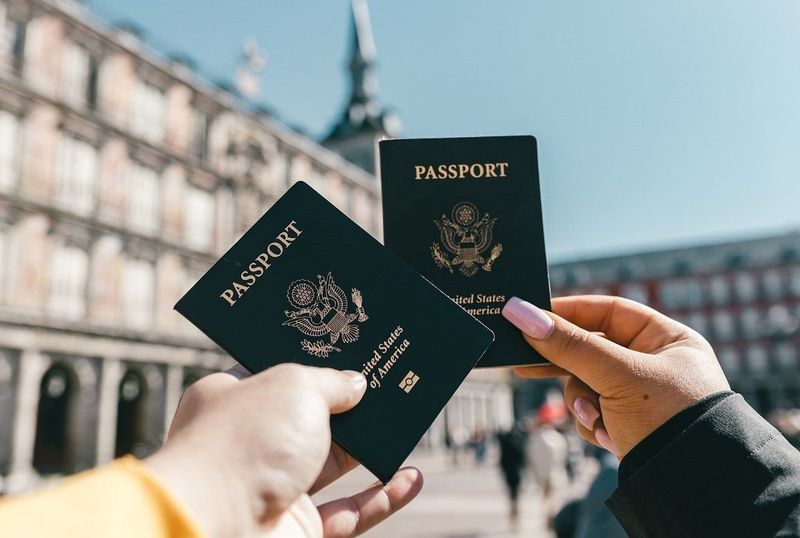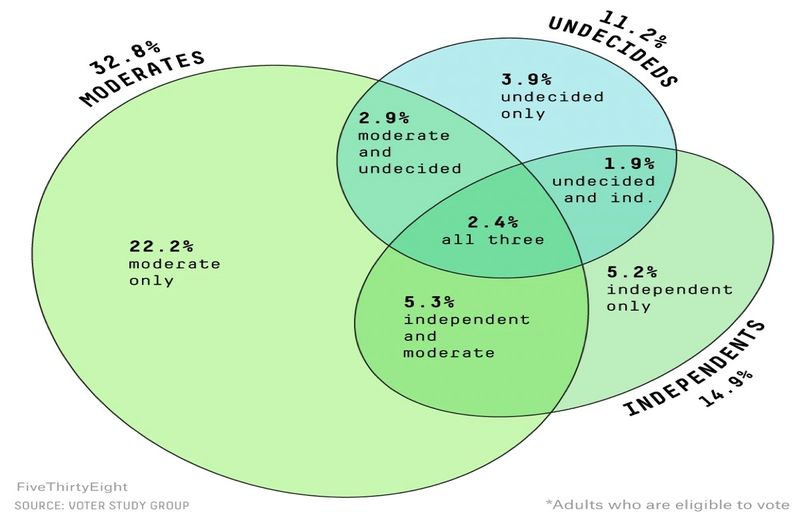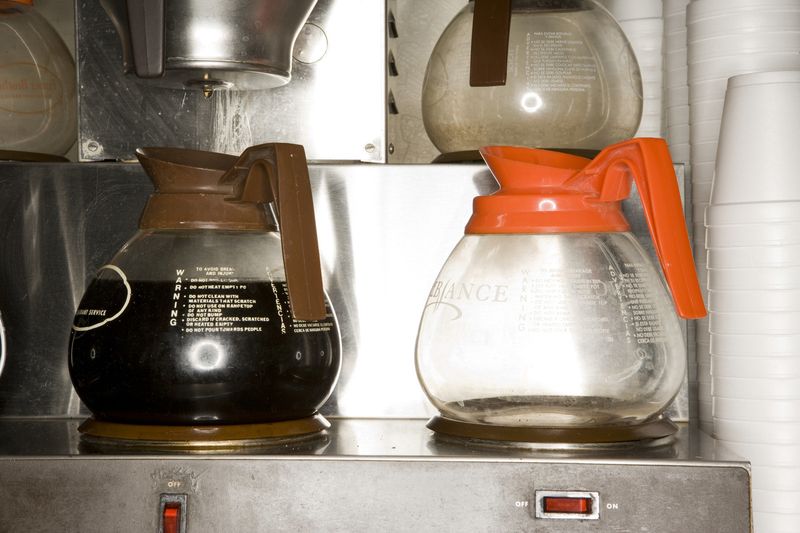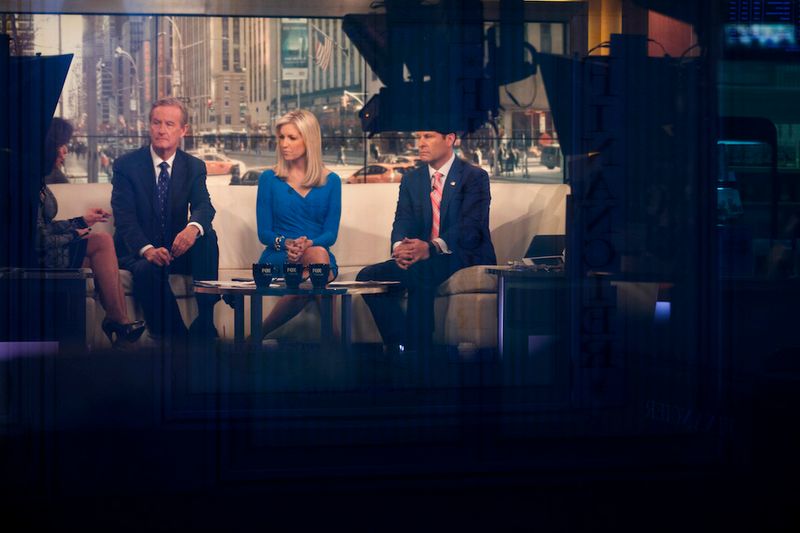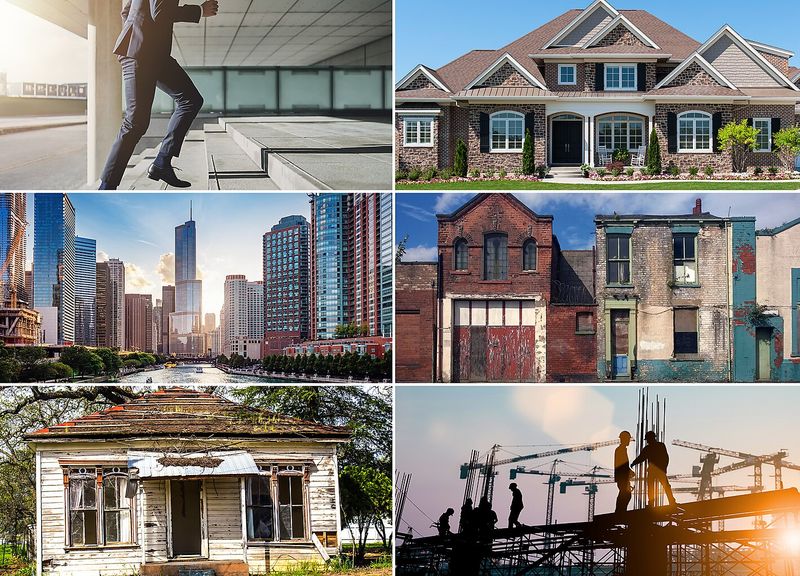When Europeans think about Americans, some truly wild ideas come to mind! From our eating habits to lifestyle choices, these misconceptions range from slightly off-base to hilariously wrong. Having visited both continents frequently, I’ve encountered these amusing stereotypes firsthand. Let’s set the record straight on what Europeans often get wrong about life in the USA.
1. Fast Food Fanatics
Europeans often imagine Americans surviving solely on burgers and fries, as if vegetables are mythical creatures we’ve only heard about in fairy tales. The reality? Most American households cook regular meals with actual ingredients.
Farmers markets thrive in cities and small towns alike, with local produce gaining popularity year after year. Sure, drive-thrus exist on many corners, but they don’t represent our entire culinary landscape.
The average American enjoys diverse cuisines from around the world, often with regional specialties that Europeans rarely hear about.
2. Gun-Toting Citizens
“Do you own a gun?” asks nearly every European I’ve met. Hollywood has convinced them we’re all packing heat at the grocery store. The truth is far more nuanced.
While some Americans do own firearms, particularly in rural areas for hunting or sport, countless others have never even touched one. Gun ownership varies dramatically by region, political leaning, and personal preference.
Many Americans support stricter gun control and don’t participate in gun culture at all. Yet the cowboy-with-six-shooters image persists in European imagination.
3. Volume Control Issues
According to Europeans, Americans broadcast conversations at maximum volume, as if everyone within a five-mile radius needs to hear about our day. This stereotype stems from encountering excited tourists rather than everyday Americans.
Most of us actually speak at perfectly reasonable volumes. We don’t all narrate our life stories to strangers on trains or shout greetings across crowded restaurants.
Cultural differences in personal space and communication styles exist, certainly. But the notion that all 330+ million Americans walk around with volume knobs permanently stuck at maximum? That’s just loud wrong.
4. Coastal Dwellers Only
Many Europeans believe Americans exclusively inhabit New York skyscrapers or Los Angeles beach houses. The vast middle? Just national parks and tumbleweeds, apparently.
This geographical misconception ignores vibrant cities like Chicago, Denver, Nashville, and Minneapolis. The heartland contains thriving communities with distinct cultures, food scenes, and traditions.
Over 100 million Americans live in neither California nor the Northeast corridor. We occupy diverse landscapes from mountain towns to prairie cities, southern bayous to midwestern farmland. The American experience extends far beyond the coasts shown in Hollywood productions.
5. Passport-Phobic Homebodies
“Americans never travel abroad!” Europeans often claim. This misconception ignores the 20+ million Americans who visit Europe annually, not counting those exploring Asia, Africa, or Latin America.
Our geographical reality differs significantly from Europe’s. When Europeans cross borders for weekend trips, Americans might drive similar distances but remain within our country. Crossing an ocean requires more time and money than hopping between neighboring European nations.
Many Americans do prioritize exploring our vast country first. With environments ranging from Arctic tundra to tropical beaches, we have geographic diversity that single European countries don’t match.
6. Political Extremists
European media portrays Americans as either far-right conservatives or extreme liberals with no middle ground. This caricature misses the nuanced political views most Americans actually hold.
Millions of Americans identify as moderates, independents, or simply politically disengaged. Many have mixed views that don’t align perfectly with either major party. Political conversations at real American dinner tables are often more complex than the shouting matches depicted on cable news.
While polarization exists, the assumption that we’re all political zealots ignores the significant portion of Americans who just want practical solutions regardless of which party proposes them.
7. High School Musical Reality
Europeans often picture American high schools as exact replicas of teen movies – complete with elaborate prom proposals, vicious cliques, and spontaneous cafeteria dance numbers. The reality is far less choreographed.
Most American teens spend their high school years studying, participating in extracurriculars, and navigating typical adolescent challenges. While some elements from movies exist (yes, we have proms), they’re not the theatrical spectacles portrayed on screen.
Lockers, yellow buses, and sports teams are real, but the extreme social hierarchies and daily drama? Greatly exaggerated for entertainment value, much to the disappointment of exchange students expecting a real-life Riverdale experience.
8. Coffee IV Drips
The image of Americans perpetually clutching massive coffee cups has convinced Europeans we’re all caffeine addicts who measure liquid volume in gallons rather than ounces. While specialty coffee culture thrives here, not everyone mainlines espresso.
Many Americans prefer tea, water, or nothing at all. Coffee consumption varies widely by region, age, and personal preference – just like anywhere else.
Yes, drive-through coffee stands and to-go cups are more common in America. But the stereotype that we’re all jittery, Starbucks-dependent zombies? That’s just not everyone’s cup of… well, coffee.
9. Mansion Dwellers
Thanks to Hollywood and reality TV, Europeans imagine all Americans living in sprawling suburban mansions with three-car garages and backyard pools. If only our bank accounts aligned with this fantasy!
Housing in America varies dramatically. Urban apartment dwellers, rural farmhouse residents, and suburban homeowners represent diverse living situations across economic spectrums.
While American homes tend to be larger than European counterparts on average, millions of Americans live in modest apartments, especially in high-cost coastal cities. The McMansion stereotype overlooks the affordable housing challenges many Americans face in desirable areas.
10. Tip-Calculating Mathematicians
Europeans watch in bewilderment as Americans calculate tips after meals. “You actually enjoy this bizarre ritual?” they wonder. We don’t – we’re just trying to ensure servers earn living wages in a flawed system.
American tipping culture evolved from our service industry wage structure, where many workers depend on tips for basic income. Most Americans would gladly trade complicated tip math for the European model of fair base wages.
The 20% standard isn’t about mathematical masochism or cultural oddity. It’s a workaround for labor practices that Europeans rightfully find strange, and many Americans question too.
11. History Amnesiacs
Europeans often joke that Americans have no sense of history, living in a perpetual present while surrounded by “ancient” 70-year-old buildings. This overlooks our different historical contexts and what we actually value.
Native American history spans thousands of years, and many preserved structures date back centuries. Americans appreciate history differently – we’re fascinated by cultural evolution, technological progress, and social movements.
Yes, we get excited about castles when visiting Europe. But Europeans equally marvel at our national parks, skyscrapers, and spaces that represent different kinds of historical significance. Our historical perspectives differ but aren’t necessarily lacking.
12. Fitness Extremists
Europeans picture Americans as either gym-obsessed protein shake enthusiasts or completely sedentary fast-food consumers, with no middle ground. Reality exists in the nuanced space between these caricatures.
Most Americans maintain moderate relationships with fitness, just like people worldwide. Some enjoy recreational sports, occasional gym visits, or outdoor activities without making it their entire personality.
Regional differences play a role too. Colorado’s hiking culture differs from New York’s walking-heavy lifestyle or California’s beach volleyball scene. Like most stereotypes, the all-or-nothing fitness assumption misses the average American’s balanced approach to physical activity.
13. Perpetual Frat Parties
European exchange students often arrive at American universities expecting non-stop toga parties and red cup revelry, only to find libraries packed with stressed students during finals week. The reality of American college life rarely matches movie depictions.
While social scenes exist at many schools, most American college students balance academics, part-time jobs, internships, and extracurriculars. The average undergraduate spends far more time studying than partying.
Greek life (fraternities and sororities) involves only a fraction of students at most institutions. Many American universities focus primarily on academics and career preparation, with social aspects being secondary to educational goals.
14. Geography Challenged
Europeans love joking about Americans who can’t locate France on a map. While geographic knowledge gaps exist among some Americans, this stereotype unfairly generalizes an entire population.
Many Americans are quite geographically literate, particularly those who’ve traveled, studied international relations, or simply paid attention in school. Geographic awareness varies widely based on education, interests, and exposure.
The challenge works both ways – ask random Europeans to identify Nebraska, distinguish between Dakota and Montana, or explain the difference between Washington state and Washington D.C. Geographic knowledge often centers on what’s relevant to daily life, regardless of nationality.
15. Peanut Butter Obsessives
Europeans regard American peanut butter consumption with a mixture of fascination and horror, as if we spread it on everything from pizza to breakfast cereal. While peanut butter enjoys popularity here, it’s not the national condiment Europeans imagine.
Many Americans enjoy peanut butter on sandwiches or with apples, but plenty dislike it entirely or eat it only occasionally. Regional and cultural food preferences vary enormously across the country.
The peanut butter stereotype persists because it’s a distinctly American product that Europeans rarely encountered until recently. Similar cultural food differences exist in reverse – many Americans find Marmite, blood sausage, or salted licorice equally baffling.
16. Danger Zone Residents
News headlines convince Europeans that Americans dodge bullets and hurricanes daily while fleeing alligator attacks. This perception ignores the vastly different safety realities across regions.
Most Americans lead remarkably ordinary, safe lives. While certain areas face specific challenges, from natural disasters to higher crime rates, these don’t define daily existence for the majority.
Media coverage naturally emphasizes the dramatic over the mundane. The average American worries more about commute times and grocery prices than the sensationalized dangers that dominate international news about the US. Our country contains extremes, but most live somewhere in between.
17. Universal Wealth
Many Europeans believe all Americans are wealthy, with multiple cars, latest gadgets, and endless shopping sprees. This misconception stems from Hollywood portrayals and the dollar’s historical strength against other currencies.
Economic reality varies dramatically across American society. While some enjoy considerable prosperity, approximately 11% of Americans live below the poverty line, with many more struggling paycheck to paycheck.
Healthcare costs, student loans, and housing expenses create financial pressure for millions of Americans. The wealth disparity in America means that for every mansion-dwelling millionaire, countless others work multiple jobs just to cover basic necessities.





